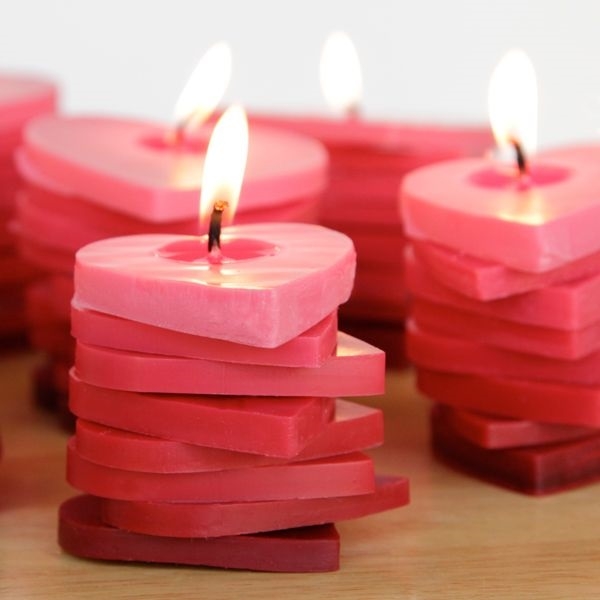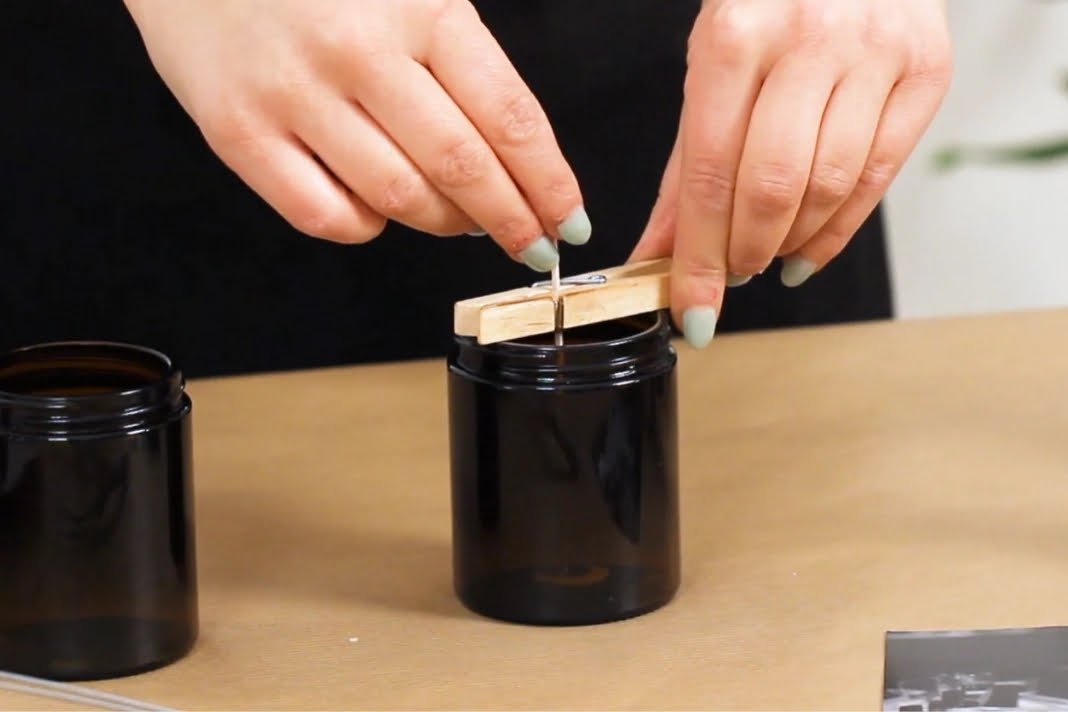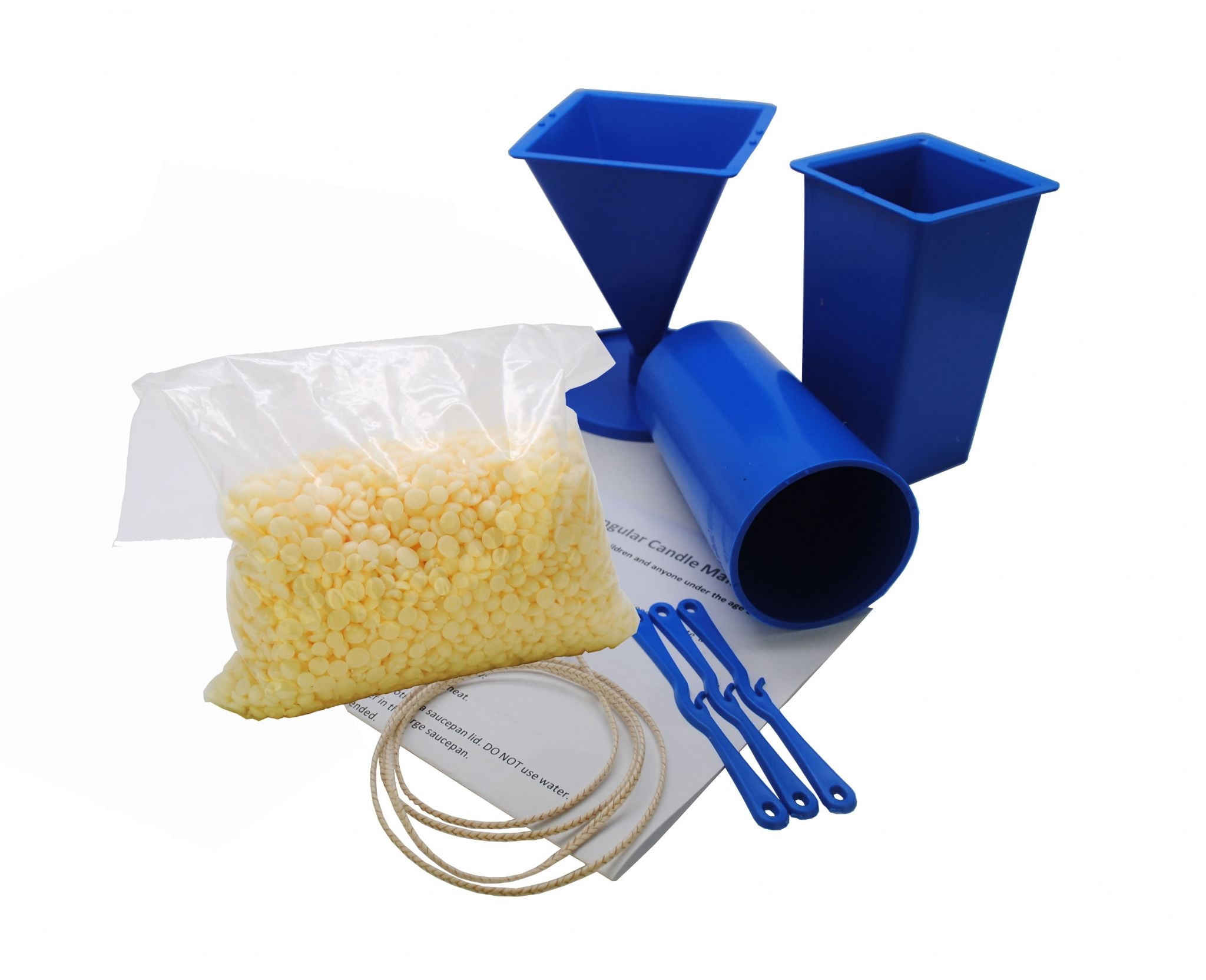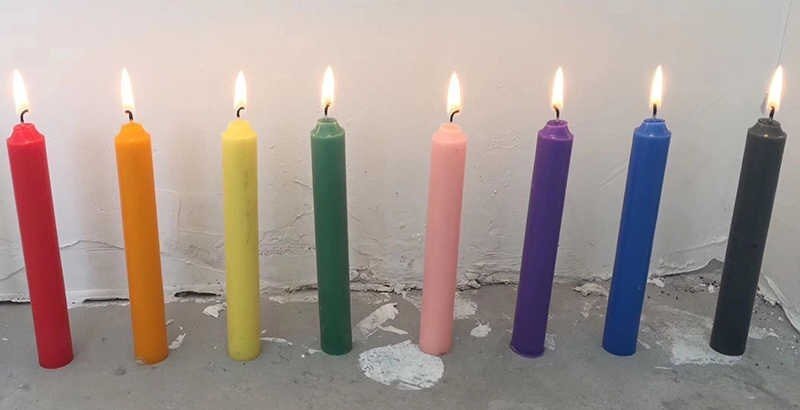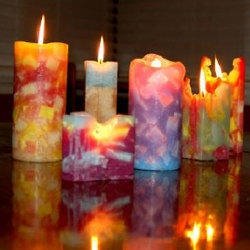Candle making is a popular hobby and craft that requires precision and attention to detail, especially when it comes to temperature control. The temperature at which wax is melted, fragrance is added, and the pouring process takes place can all have a significant impact on the quality of the final product. In this article, we will explore the importance of temperature in candle making and how it affects the overall candle making process.
Temperature plays a crucial role in every step of candle making, from melting the wax to the curing and cooling process. Understanding how temperature influences the texture, appearance, and fragrance of homemade candles is essential for achieving professional results. Whether you are a beginner or an experienced candle maker, mastering temperature control is key to creating high-quality candles.
In this comprehensive guide, we will delve into the effects of temperature on different types of wax, as well as provide practical tips for using a thermometer to monitor temperature during the candle making process. We will also discuss troubleshooting temperature-related issues that may arise and highlight the ideal temperatures for each stage of candle making. By the end of this article, you will have a thorough understanding of how temperature impacts successful candle making.
Understanding the Impact of Temperature on the Candle Making Process
Candle making is a delicate process that requires careful attention to the temperature at every stage. The impact of temperature on the candle making process cannot be overstated, as it can affect the texture, appearance, and overall quality of the final product. Understanding how temperature influences each step of the candle making process is crucial for achieving successful results.
1. Melting wax: One of the first steps in candle making is melting the wax. The ideal temperature for melting wax varies depending on the type of wax being used. For example, soy wax typically melts best at around 185-195°F, while paraffin wax can be melted at a higher temperature of 190-220°F. It is important to use a double boiler or a dedicated wax melter to ensure even heating and prevent scorching.
2. Adding fragrance: When incorporating fragrance oils into the melted wax, it is important to do so at the right temperature to achieve optimal scent throw in the finished candle. Most fragrance oils should be added when the wax has cooled slightly to around 135-145°F. This allows the fragrance to disperse evenly without being compromised by excessive heat.
3. Pouring temperature: After adding fragrance and any desired colorants, it’s essential to pour the wax into containers at the correct temperature. The pouring temperature varies depending on the type of wax and container being used. For example:
Monitoring and controlling temperature throughout these steps is critical for achieving consistent results in candle making and ensuring that your candles turn out as intended.
By understanding how temperature impacts each stage of the candle making process, crafters can produce high-quality candles with desirable texture, appearance, and scent throw.
The Ideal Temperature for Melting Wax and Adding Fragrance
When it comes to candle making, understanding and controlling the temperature is crucial for achieving the desired results. One important aspect of temperature control in candle making is knowing the ideal temperature for melting wax and adding fragrance. The temperature at which you melt your wax and add fragrance can greatly impact the quality and performance of your homemade candles.
For most types of candle wax, the ideal melting temperature ranges from 160°F to 190°F (about 71°C to 88°C). It’s important to follow the specific melting point recommendations provided by the manufacturer of your chosen wax. Overheating the wax can result in discoloration, loss of fragrance, or even a fire hazard. On the other hand, not reaching the proper melting temperature can lead to poor scent throw and uneven burning.
Adding fragrance oil to your melted wax also requires careful attention to temperature. The recommended pouring temperature for adding fragrance oil typically ranges from 170°F to 185°F (about 77°C to 85°C). Be sure to follow the guidelines provided with your fragrance oil, as different oils may have specific temperature requirements for optimal scent diffusion.
Additionally, it’s important to mix in the fragrance oil thoroughly at the recommended temperature range in order to ensure even distribution throughout the wax. Failing to do so may result in uneven scent throw in your finished candles.
| Process | Ideal Temperature Range |
|---|---|
| Melting Wax | 160°F – 190°F (71°C – 88°C) |
| Adding Fragrance | 170°F – 185°F (77°C – 85°C) |
By carefully monitoring and controlling the temperatures at which you melt your wax and add fragrance, you can ensure that your homemade candles turn out beautifully scented and visually appealing.
How to Achieve the Perfect Pouring Temperature for Different Types of Wax
Achieving the perfect pouring temperature is essential for creating high-quality candles, and this largely depends on the type of wax being used. Different types of wax have different melting and pouring temperatures, so it’s important to understand the specific requirements for each type.
For soy wax, the ideal pouring temperature typically falls between 120-140°F (49-60°C). It’s crucial not to pour at too high a temperature as this can cause sinkholes and other surface imperfections in the finished candle. On the other hand, pouring at too low a temperature can result in adhesion issues between layers if making layered candles.
Paraffin wax usually requires a slightly higher pouring temperature, ranging from 150-160°F (66-71°C). This allows for better adhesion between layers and reduces the risk of air pockets forming within the candle.
Beeswax, known for its higher melting point, typically requires a pouring temperature of around 160-175°F (71-79°C) to achieve proper adhesion and a smooth finish.
To ensure that you are achieving the correct pouring temperature for your chosen wax, it is highly recommended to use a reliable thermometer throughout the candle making process. This will help you monitor and maintain the optimal temperature at each stage, ultimately resulting in well-crafted candles with a professional finish.
Tips for Using a Thermometer to Monitor Temperature During the Candle Making Process
When it comes to candle making, temperature control is crucial for achieving the best results. Using a thermometer to monitor the temperature throughout the process is essential for ensuring that the wax, fragrance, and other elements come together perfectly. By understanding how temperature affects the candle making process, you can create high-quality candles with the perfect texture and appearance.
One of the most important aspects of using a thermometer during candle making is to ensure that the wax is heated to the ideal temperature for melting. Different types of wax have different melting points, so it’s essential to use a thermometer to monitor the temperature and prevent overheating, which can result in discoloration or burning of the wax.
In addition to monitoring the melting temperature of the wax, using a thermometer is also crucial when adding fragrance oils. The ideal temperature range for adding fragrance oils varies depending on the specific scent being used, so it’s important to follow guidelines and use a thermometer to ensure that the wax is at the optimal temperature for achieving a strong and long-lasting scent in the finished candle.
Exploring the Effects of Temperature on Candle Texture and Appearance
When it comes to candle making, the temperature plays a crucial role not only in the melting and pouring process but also in the final texture and appearance of the candles. Understanding how temperature can impact the outcome of your homemade candles is essential for achieving professional-looking results.
Effect on Texture
The texture of a candle is greatly influenced by the temperature at which the wax is poured. If the wax is poured at too high of a temperature, it can result in a rough or bumpy texture on the surface of the candle. On the other hand, pouring at too low of a temperature can cause uneven cooling and result in a wavy or uneven surface.
Effect on Appearance
In addition to texture, temperature also affects the appearance of a candle. For example, if the wax is poured at an ideal temperature, it will result in a smooth and even finish on the candle’s surface. The color and opacity of the candle can also be impacted by temperature, with some waxes needing to be poured at specific temperatures to achieve desired colors and effects.
Impact on Additives
Furthermore, when adding fragrance oils or colorants to your wax, it’s important to consider their optimal mixing temperatures. Adding these elements at temperatures that are either too high or too low can affect their distribution within the wax, resulting in uneven scent throw or inconsistent coloring.
Understanding how temperature affects both the texture and appearance of your candles will help you make informed decisions throughout each stage of the candle making process, ensuring quality results every time.
Troubleshooting Temperature-Related Issues in Candle Making
When it comes to candle making, temperature plays a crucial role in the success of the process. However, even with careful monitoring, there may be times when temperature-related issues arise. Troubleshooting these issues is an essential skill for any candle maker to develop in order to achieve the desired results.
Frosting
One common temperature-related issue in candle making is frosting, which appears as a white, powdery film on the surface of the finished candle. This occurs when the wax cools too quickly or if there are significant temperature fluctuations during the cooling process. To troubleshoot this issue, try pouring your candles at a slightly higher temperature and gradually decreasing the room temperature during cooling. Additionally, consider using additives like stearin or vybar to help reduce frosting.
Sinkholes
Sinkholes can occur when there are air pockets trapped within the wax as it solidifies. This issue is often caused by pouring wax that is too hot or by adding fragrance oils at an improper temperature. To address sinkholes, ensure that you are pouring your wax at the recommended temperature for the specific type of wax you are using and allow the fragrance oil to blend thoroughly with the melted wax before pouring.
Uneven Cooling
Uneven cooling can result in warped or distorted candles, especially if they are exposed to drafts or fluctuating temperatures during the cooling process. To troubleshoot this issue, ensure that your candles cool in a draft-free and stable environment at a consistent room temperature. You may also want to consider investing in a cooling rack or insulated container to prevent uneven cooling.
By understanding how different temperature-related issues can impact your candle making process and implementing effective troubleshooting techniques, you can overcome these challenges and produce high-quality homemade candles consistently.
The Role of Temperature in the Curing and Cooling Process for Homemade Candles
When it comes to homemade candles, temperature plays a crucial role not only in the initial stages of the candle making process but also during the curing and cooling process. After the candles have been poured and left to set, it’s important to ensure that they are given the appropriate conditions to cure and cool effectively.
During the curing process, it is essential to keep the candles at a consistent temperature to ensure that they cure properly. If the temperature fluctuates too much, it can lead to issues such as uneven texture or cracking in the finished product. Ideally, candles should be cured at a temperature between 60-80 degrees Fahrenheit for best results.
Once the candles have cured, they need to be cooled before they are ready for use. It’s important to allow them to cool slowly and evenly in order to avoid any potential issues with cracking or frosting. This means avoiding placing them in areas with drastic temperature changes, such as near heating vents or drafty windows.
Additionally, allowing them to cool at room temperature rather than in a refrigerator or freezer will help ensure that they set properly without any imperfections. By paying close attention to temperature during the curing and cooling process, candle makers can achieve beautiful, high-quality homemade candles every time.
Conclusion
In conclusion, it is evident that temperature control plays a crucial role in the success of candle making. From melting wax to pouring and curing, maintaining the ideal temperature is essential for achieving the desired texture, appearance, and fragrance in homemade candles. Understanding the impact of temperature on the candle making process is key to producing high-quality products.
By paying attention to the ideal temperatures for melting wax, adding fragrance, and pouring different types of wax, candle makers can ensure that their candles turn out as intended. Utilizing a thermometer to monitor temperature throughout the process allows for precise control and can help troubleshoot any issues that may arise due to temperature fluctuations.
It is important for candle makers to also consider the effects of temperature on the final texture and appearance of their candles, as well as the role of temperature in the curing and cooling process. By emphasizing the crucial role of temperature in successful candle making, crafters can take their candle making skills to new heights and create beautiful, fragrant products that meet their exact specifications.
Frequently Asked Questions
What Is the Best Temperature for Candle Making?
The best temperature for candle making is typically between 170°F to 180°F. This allows the wax and fragrance to mix well without getting too hot and potentially burning off the scent.
What Temp Should Water Be for Candle Making?
The temperature of the water used in the double boiler method for candle making should be around 150°F to 160°F. This ensures that the wax heats up evenly and doesn’t overheat or scorch.
What Happens if I Pour Candle Wax Too Hot?
If you pour candle wax at too high of a temperature, it can lead to various issues such as poor adhesion to the container, uneven cooling, rough or bubbly texture, and potential cracking or sinking in the center of the candle as it cools. It’s important to follow recommended pouring temperatures for best results.

Welcome to my candle making blog! In this blog, I will be sharing my tips and tricks for making candles. I will also be sharing some of my favorite recipes.

